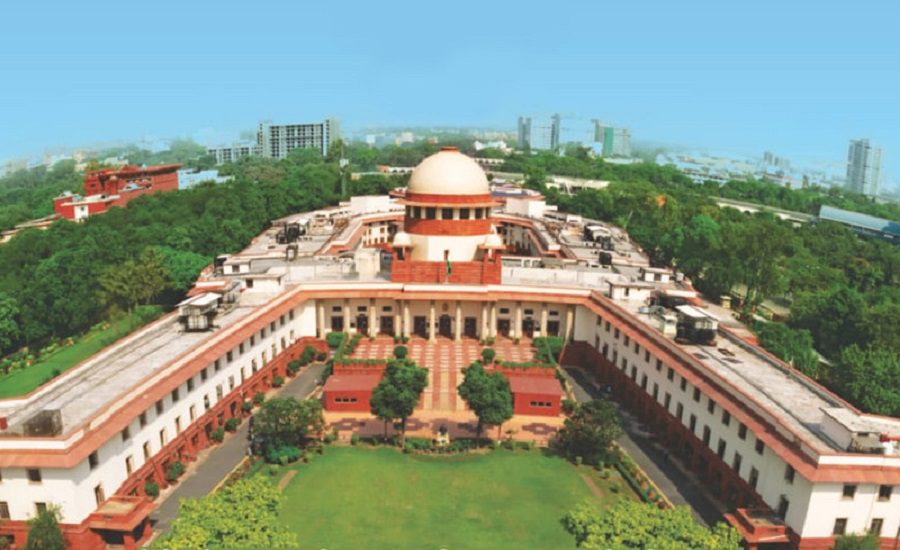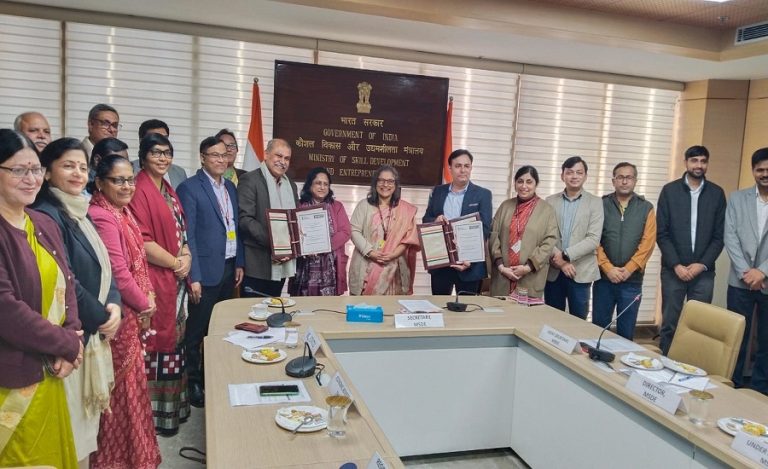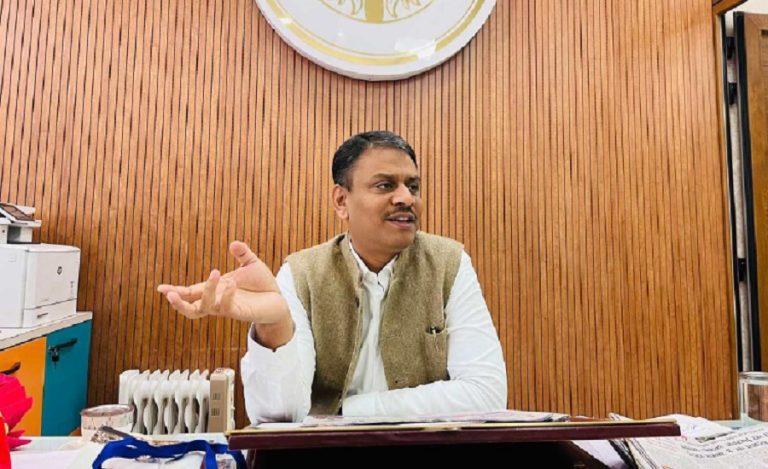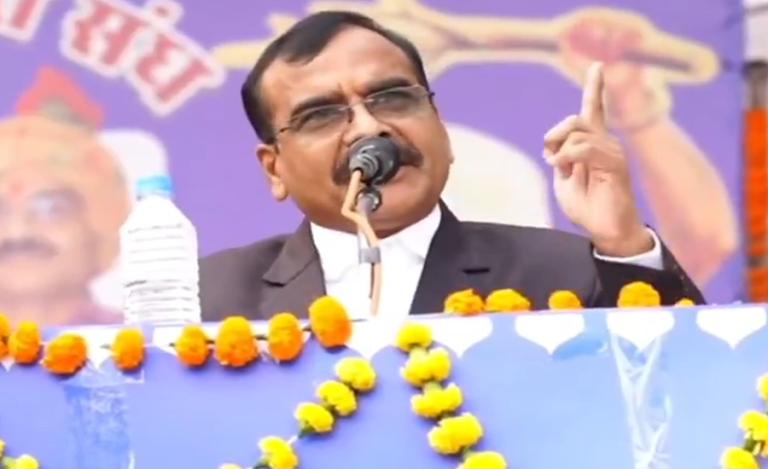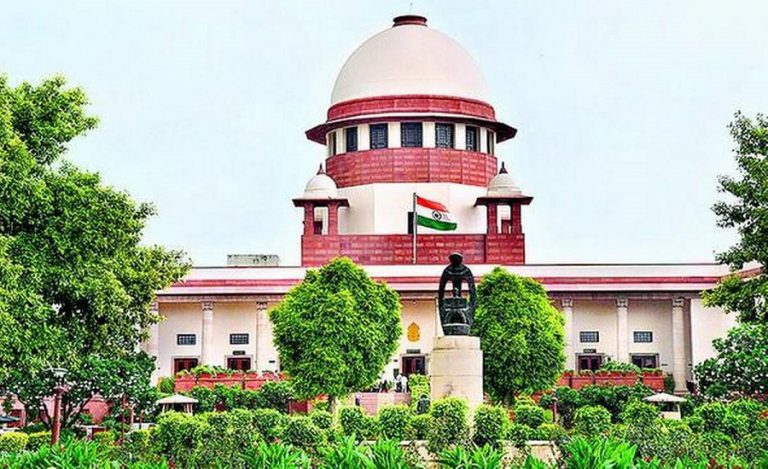New Delhi: In a major shift for India’s environmental policy, the Supreme Court has allowed for post-event environmental clearances. That means some projects that began without full clearance might now be regularised, under certain conditions.
This decision impacts how industries, real-estate developers and governments will approach green approvals in future.
Post-Event Environmental Clearance: What Happened?
- On 19 November 2025, the Court overturned its earlier judgment that had disallowed clearance after projects started.
- The earlier ruling dated 16 May 2025 had struck down government notifications allowing ex-post clearances.
Read also: Big Setback for Govt Staff: Supreme Court Says Repaying Misused Funds Won’t Save You From Dismissal
- The majority Bench held that the Environment Protection Act, 1986 does not categorically prohibit post-event clearances and pointed to earlier two-judge Bench precedents.
- A dissenting judge (Justice Ujjal Bhuyan) warned this move weakens environmental protection and moves away from the “precautionary principle”.
Importance of Post-Event Environmental Clearance
For Developers & Projects: Projects that commenced before getting full clearance might now avoid demolition or stoppage of work. The court note: “If the earlier ruling is not reviewed, public resources worth nearly ₹20,000 crore could go to waste.”
Real-estate, mining, and infrastructure sectors now have a chance to regularise past non-compliances.
For Environment & Public Interest: Critics argue this weakens the idea of prior environmental clearance, which ensures impact assessment before damage occurs.
It raises concerns about “regularising law-breaking” rather than enforcing strict rules first.
On the flip side, the Court flagged that forcing demolition of large completed projects may itself create more environmental harm (waste, resource use).
Key Legal Findings
The Court examined past judgments such as Common Cause v. Union of India and Alembic Pharmaceuticals Ltd v. Rohit Prajapati which had held ex-post clearances were “alien” to environmental jurisprudence.
However, the majority bench noted that later judgments by two-judge benches allowed limited ex-post approvals when refusal would cause greater harm.
The court emphasised that any post-event clearance must include high penalties and stringent safeguards — not a free pass.
What the Court Says Projects Must Do
Even if clearance comes post-event, the project must adhere strictly to conditions set out in the relevant EIA Notification (2006) or later rules.
The “polluter pays” principle and “precautionary principle” remain vital — meaning those who begin without clearance may face heavier liabilities.
Limitations for appeal begin from the date the clearance or notice of clearance becomes public, not necessarily when the newspaper publishes the full document.
Key Implications for India’s Green Landscape
- Accelerated infrastructure may occur, since delays caused by clearance before work may reduce.
- Environmental oversight must now be vigilant — regulators must ensure conditions are enforced, penalties applied.
- Legal uncertainty remains — given dissenting opinions and possible appeals, developers and authorities must stay cautious.
- Public scrutiny remains critical — transparency, community hearings and independent checks continue to matter strongly.
Key Questions Ahead on Post-Event Environmental Clearance
- How will this impact vulnerable ecosystems (forest areas, mining zones, coastal zones) where development began first?
- Will regulators transmit complete project-impact data so post-event approvals are not misused?
- How will state-level environmental bodies synchronise with central clearance when work has already begun?
- Will this make public hearings and local community involvement weaker, given the precedence of clearance then work?
What Should Stakeholders Do?
Project proponents: If you’ve begun work without full EC, quickly check the conditions of the EIA Notification and prepare to meet penalties and safeguards.
Developers & real-estate firms: Update your compliance tracking, documentation of environmental conditions, public hearing records.
Regulators & policy makers: Strengthen monitoring of projects granted post-event clearance, and ensure conditions are audited.
Local communities & NGOs: Stay alert, demand transparency, ensure conditions are not simply a formality. Public interest must remain front-and-centre.

